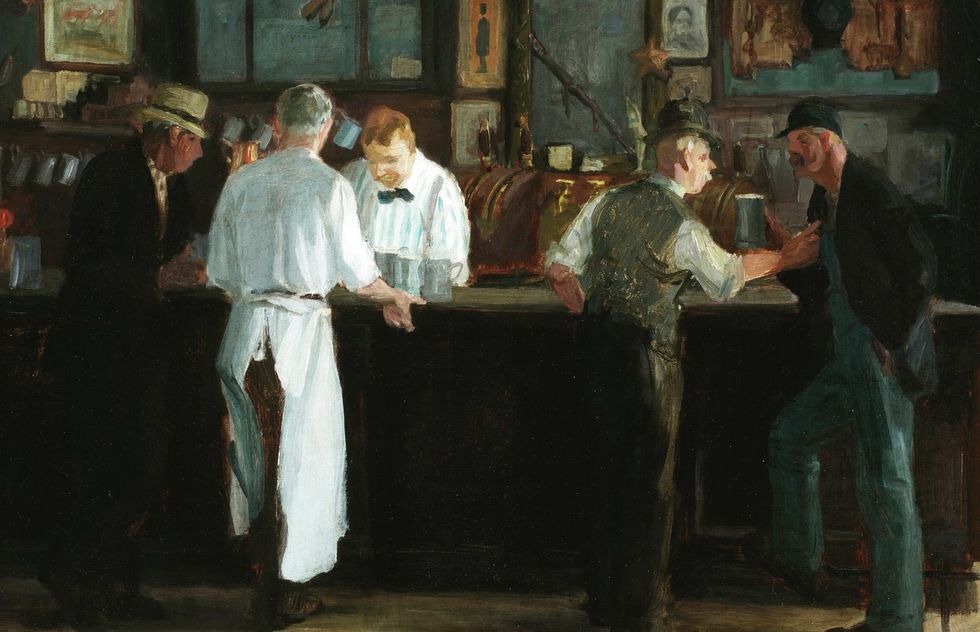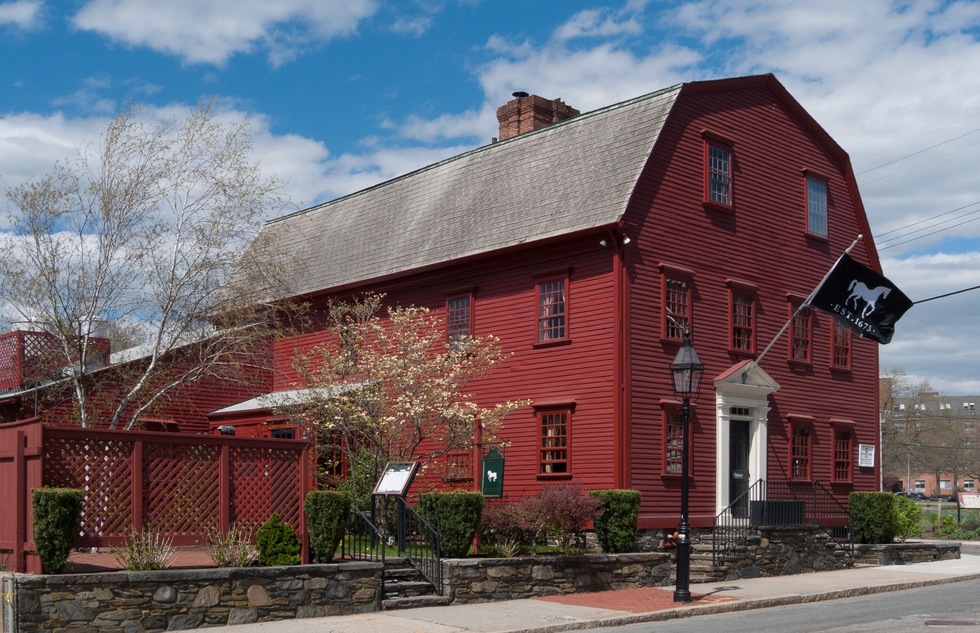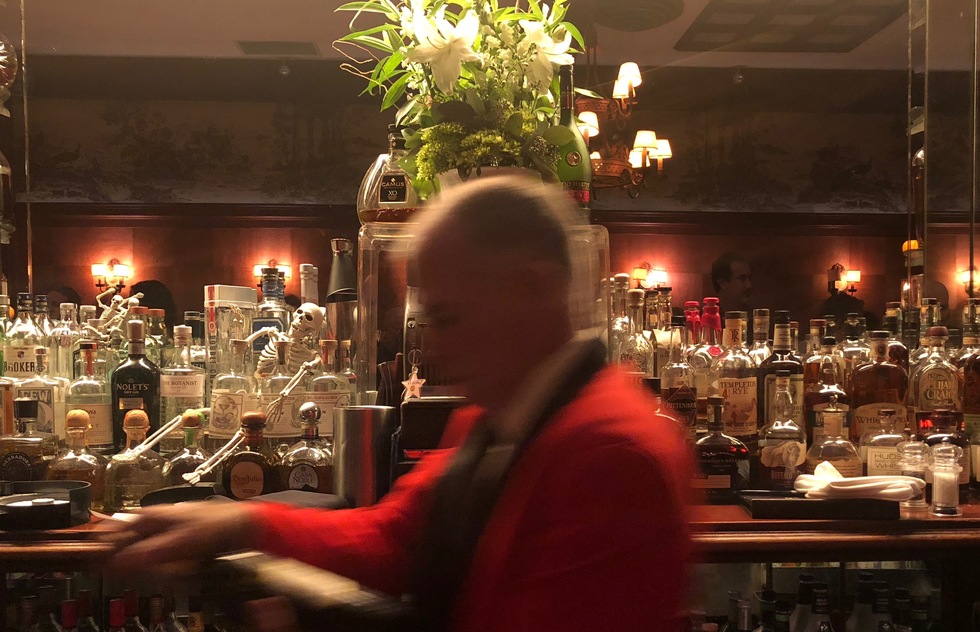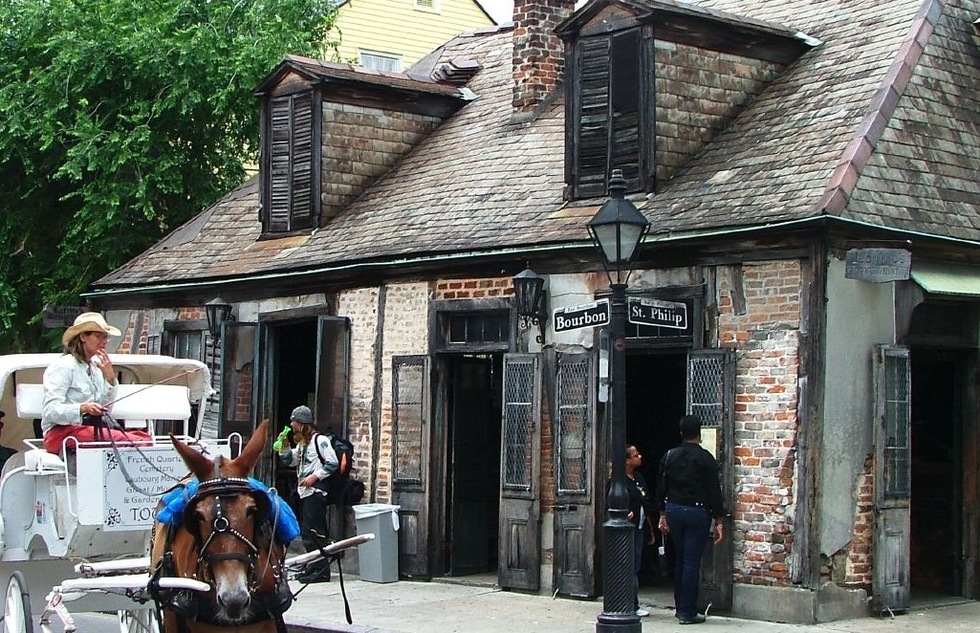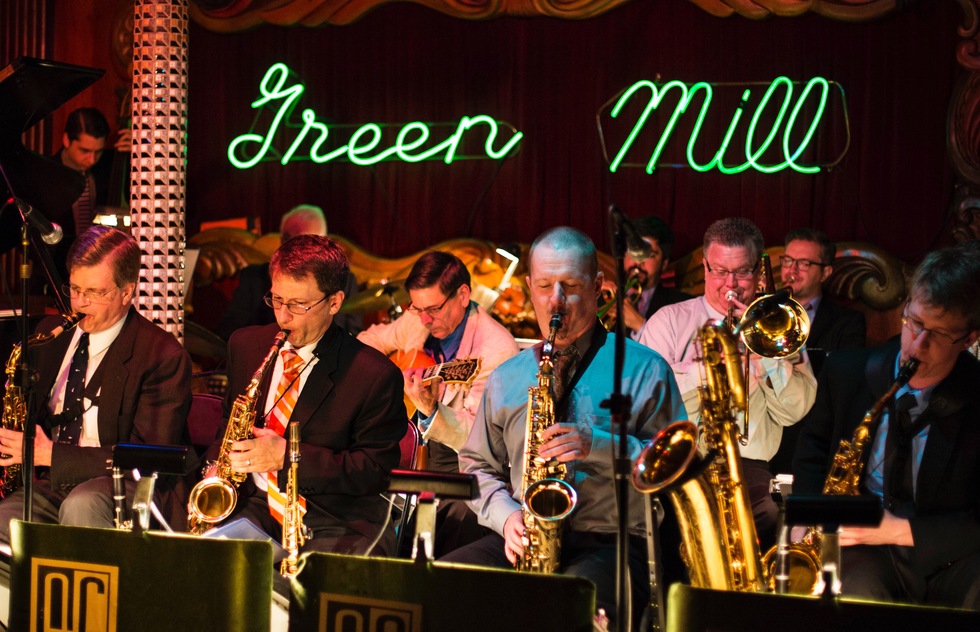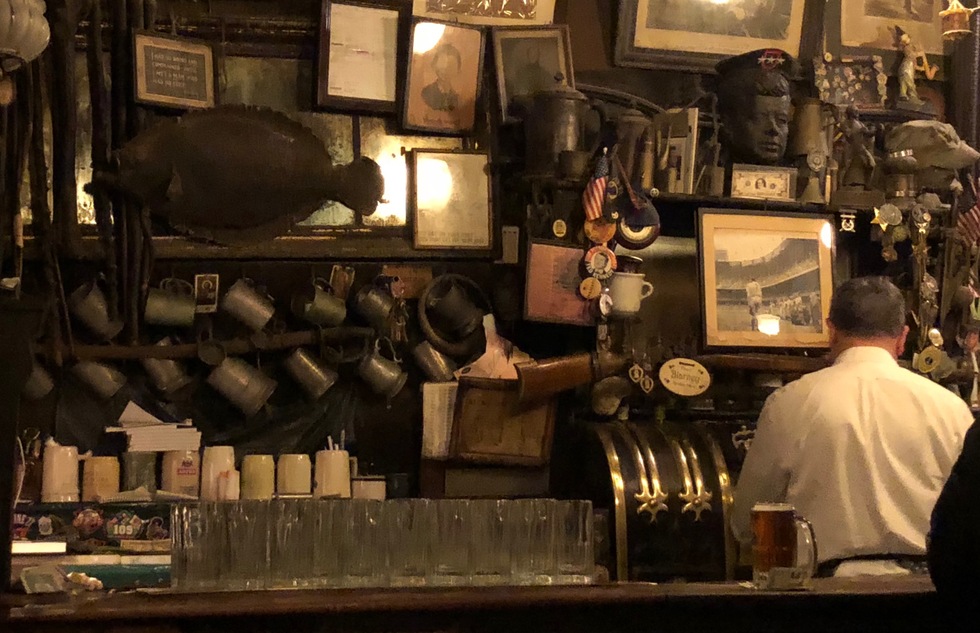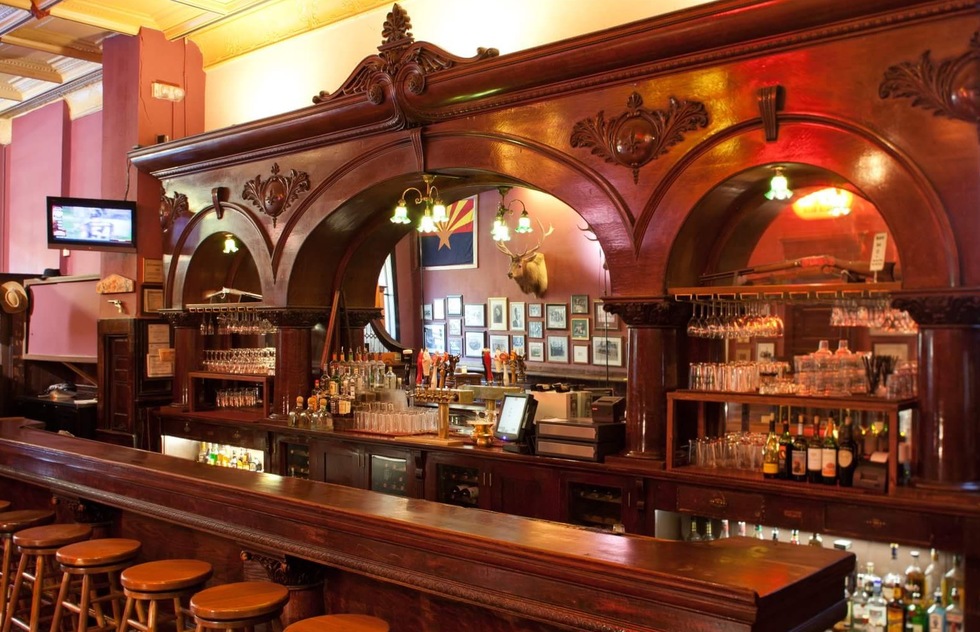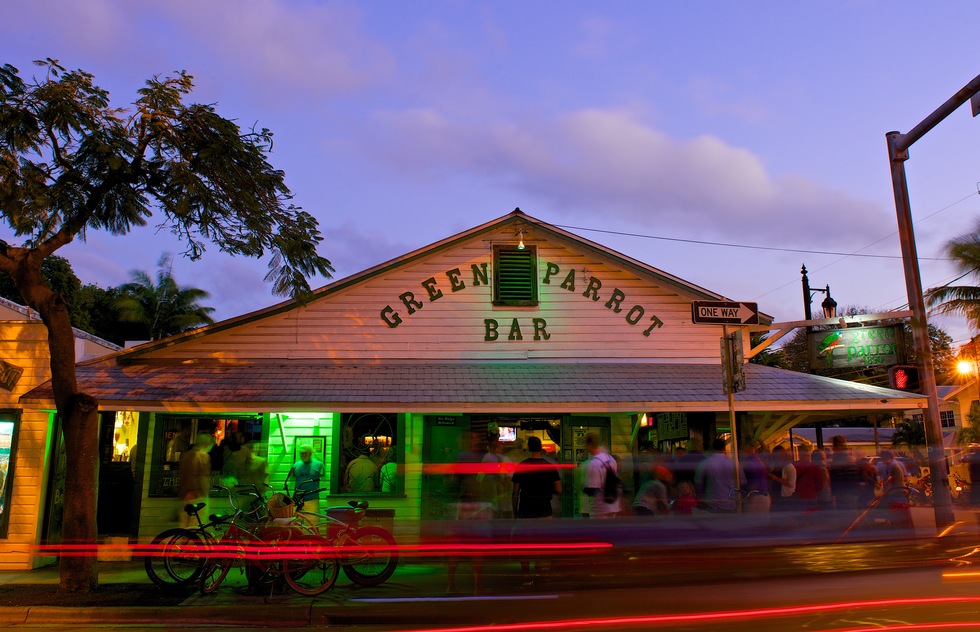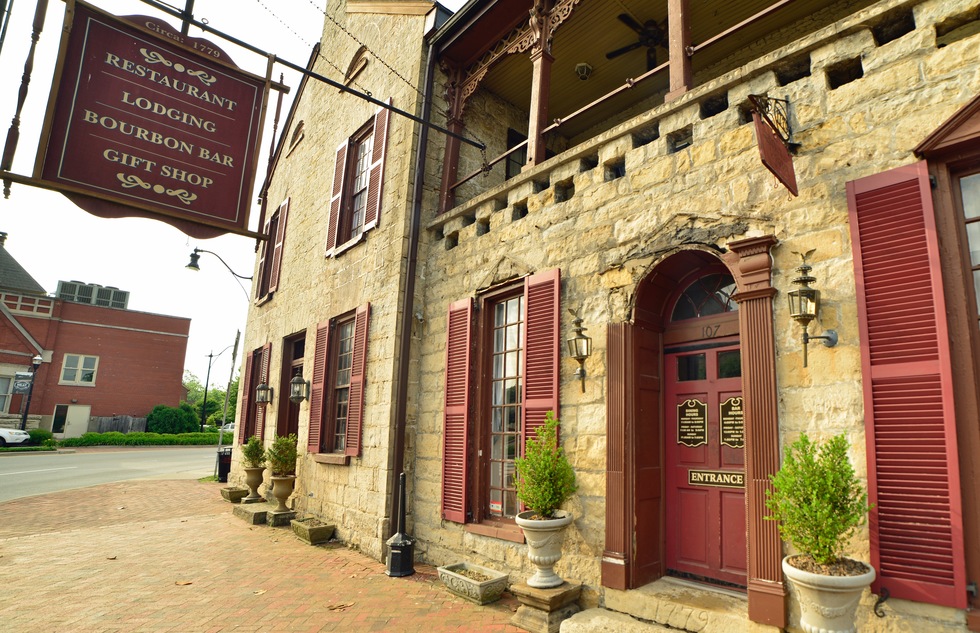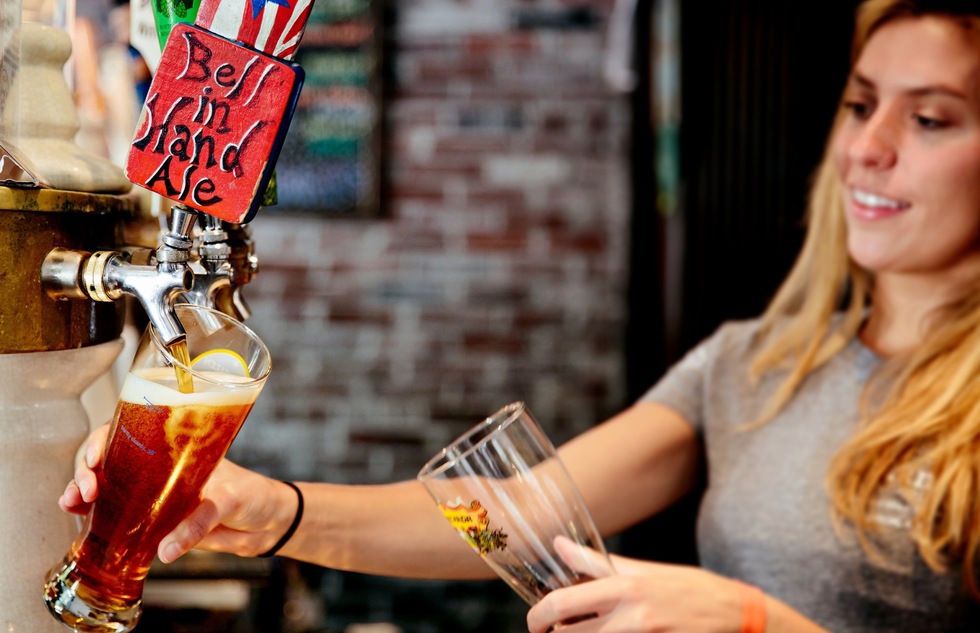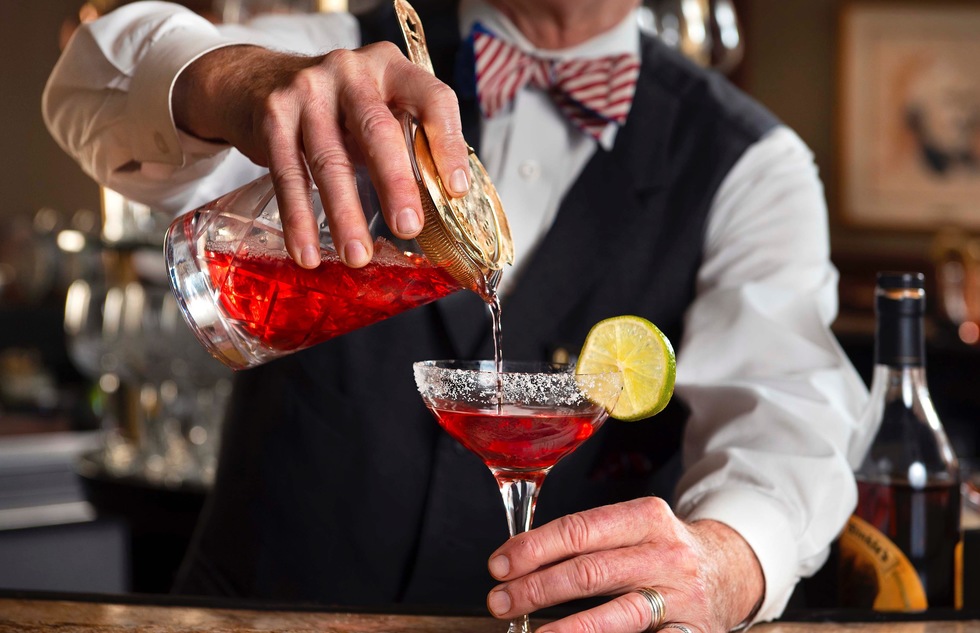Pints with a Past: Must-See Historic Bars Across the United States
By Zac ThompsonMore than one bar lays claim to being the oldest in the United States. But we’re not here to settle the matter, mostly because that would involve hairsplitting, nitpicky decisions about whether there’s a difference between a tavern and a saloon, or whether name changes, relocations, and gaps in operation take a bar out of the running. We’ll let historians split those hairs and win their own bar bets.
Instead, our nationwide historical pub crawl sidles up to those bars where the past feels especially present. These 10 watering holes are worthy of being destinations unto themselves. Here, generations of loyal customers and stalwart wait staff have kept business afloat, preserved décor, passed down lore, and made room for visiting presidents, movie stars, outlaws, and the occasional ghost. A fair number of folks got soused, too.
- Established: 1673
- Defining era: the Colonial period, when the Rhode Island General Assembly used the tavern for meetings
- Notorious residents: A retired pirate owned the place in the early 18th century. During the American Revolution, the British billeted Hessian mercenaries here.
- Atmosphere inside: upscale old-timey, with starched white tablecloths and fireplaces—no disreputable figures such as pirates or politicians in sight
- On the menu: More of a restaurant than a pub these days, the White Horse serves seafood from Narragansett Bay along with hearty staples like beef Wellington. But classic cocktails and wine pairings are still available as well.
- Resident ghost? A specter in colonial dress supposedly hangs out by the fireplace upstairs.
26 Marlborough St., Newport, Rhode Island, whitehorsenewport.com
- Established: 1919, as Frank’s Café; moved next door in 1927—and stayed
- Defining era: Hollywood’s Golden Age, 1930s–1950s
- Famous regulars: a Turner Classic Movies who’s who, including Charlie Chaplin (the first booth on the left was his favorite), Greta Garbo, Humphrey Bogart, and Steve McQueen (the first seat at the counter was his favorite). Also: studio bigwigs making deals on Hollywood’s first payphone and, in the so-called "new" room, writers such as F. Scott Fitzgerald, toiling over his work, and William Faulkner, mixing his own mint juleps behind the bar
- Atmosphere inside: unchanging, with red leather booths, a mahogany bar, and tie-and-jacketed wait staff, most of whom have worked here for decades
- What to drink: All that experience behind the bar pays off in Musso's renowned martini, made with 2.5 ounces of gin or vodka and served with an olive and, on the side, a decanter of excess cocktail.
- What to eat: Chaplin was partial to the grilled lamb kidneys, but it’s hard to beat the flannel cakes, balanced delectably between pancake-hood and crepe-ness. They're only served 'til 3pm.
667 Hollywod Blvd., Los Angeles, www.mussoandfrank.com
- Established: circa 1720s or 1770s, depending on whom you ask
- Defining era: the French Colonial period, late 18th century to early 19th
- Notorious regulars: According to legend (but no corroborating documents), pirate Jean Lafitte and his buccaneering cronies used the blacksmith shop once housed here as a front for their smuggling operation.
- Atmosphere inside: dark and dingy but fun, with live piano music, a stone fireplace, and candles as the main source of illumination
- Signature drink: Voodoo daiquiri, a frozen purple concoction with grape juice, bourbon, and vodka. Tastes like an infernal Jolly Rancher.
- Resident ghost? Are you kidding? This is New Orleans. Jean Lafitte himself is said to join in sing-alongs around the piano. He must be so tired of “Sweet Caroline” by now.
941 Bourbon St., New Orelans, www.lafittesblacksmithshop.com
- Established: 1907, as Pop Morse’s Roadhouse
- Defining era: Prohibition, when the Green Mill became a speakeasy operated by “Machine Gun” Jack McGurn, a vicious lieutenant in Al Capone’s Chicago Outfit
- Notorious regular: Capone’s green velvet-lined booth is positioned so that the mobster could see both entrances at once. Underneath the joint, there’s a network of tunnels once used for rum-running and eluding authorities. No, you can’t take a tour.
- Atmosphere inside: as if the Jazz Age never ended, with scrolling, art-nouveau woodwork, an alabaster statue of Ceres (nicknamed Stella by Starlight), and lots of actual jazz, played nightly ‘til 4am
- What to drink: Any classic cocktail will do, but to complete an only-in-Chicago dare, choke down a shot of Malört, the worst-tasting stuff in the world (mmmm, am I getting notes of earwax?)
4802 N. Broadway, Chicago, greenmilljazz.com
- Established: circa 1850s, as the Old House at Home
- Defining era: the rough-and-tumble, late 19th-century New York of Tammany Hall and freshly arrived working-class Irish immigrants
- Famous visitors: Abraham Lincoln, Theodore Roosevelt, powerful local pol William “Boss” Tweed, Woody Guthrie, John Lennon, and many more
- Atmosphere inside: “snug and evil,” according to an e.e. cummings poem, but, these days, decidedly post-college as well. A mahogany bar and coal-burning stove stand amid walls plastered from floor to rafters with yellowing newspaper clippings. Among the copious memorabilia on display: Harry Houdini’s handcuffs and, dangling over the bar, wishbones allegedly left by soldiers on their way to World War I. The sawdust on the floor is supposed to absorb spillage.
- Bros with brews: The bar was men-only until 1970, when the courts finally forced McSorley's to admit women.
- “Light or dark?”: That’s the beer menu in full—and there’s no other type of booze sold on the premises.
15 E. 7th St., New York City, mcsorleysoldalehouse.nyc
- Established: 1877, but destroyed and rebuilt after Prescott’s Whiskey Row fire in 1900
- Defining era: the Wild West
- Famous regulars: Gambler Doc Holliday and lawman Wyatt Earp hung out at the Palace just before they left town for Tombstone and the Gunfight at the O.K. Corral. Both men have booths named after them at the bar, and so does Holliday’s common-law wife, Big Nose Kate, a prostitute with one of history’s least coveted nicknames.
- Atmosphere inside: western nostalgia, with swinging doors, historic photos, and wait staff in period costumes
- Showpiece: Carved by hand from solid oak, the original bar was rescued during the 1900 fire by patrons who hauled the thing from the burning building and to safety across the street.
- Drink like Doc: Order a shot of Old Overholt whiskey, Holliday’s drink of choice.
120 S. Montezuma St., Prescott, Arizona, www.whiskeyrowpalace.com
- Established: 1890, as a grocery store
- Defining era: the Postwar years (1950s–70s), when Key West was a funky hodgepodge of sailors, artists, fishermen, and weirdos. In other words, before the cruise ships showed up.
- Famous visitors? A rusty plaque on a post in the Green Parrot reads, “June 9, 1957: Elvis Presley slapped Hemingway here.” Further details unknown. But somebody should definitely write a one-act play about the (almost certainly made-up) encounter. For the record, Green Parrot co-owner John Vagnoni told us he has no idea where the plaque came from. There’s your second act.
- Atmosphere inside/outside: eclectic and divey, with offbeat artwork, wide-ranging live music (everything from Afro-punk to zydeco), and a rowdy crowd often spilling onto the sidewalk out front
- Tourist-to-local balance: decent, especially since the Green Parrot isn’t on Duval Street, the city’s most tourist-clogged thoroughfare
- Motto: “No Snivelling," warns a hand-painted sign hanging behind the bar—an admonishment repeated on several surfaces throughout the place. Pointing out misspellings counts as sniveling.
601 Whitehead St., Key West, Florida, www.greenparrot.com
- Established: 1779, as a stagecoach stop
- Defining era: when this was the American frontier (early 19th century)
- Famous visitors: pioneer Daniel Boone; outlaw Jesse James, who supposedly left the bullet holes in the walls of the room named after him in the attached B&B; and a pintsize Abraham Lincoln, staying at the inn with his parents when they were in town to settle a land dispute
- Atmosphere inside: folksy, with stone walls, creaking hardwood floors, and rich, meaty aromas from the dining area. This is a good place to try a bowl of Kentucky burgoo.
- Signature drink: bourbon, duh—Bardstown is right on the Kentucky Bourbon Trail and several distilleries are nearby.
- Resident ghost? Numerous guests have spotted a spectral Jesse James, wearing a long coat and laughing maniacally, in the halls of the inn.
107 W. Stephen Foster Ave., Bardstown, Kentucky, www.talbotts.com
- Established: 1795, but in a different location. The dark wood bar is reportedly the original, though.
- Defining era: Post-Revolutionary Boston
- Origin story: The city’s last town crier, Jimmy Wilson, opened the tavern after 50 years of screaming headlines about British injustices, Revolutionary battles, and a nation’s founding. Guess he figured after all that it was time to get out of the crying game.
- Atmosphere inside: wicked relaxed, with local beers on tap, a menu of casual pub fare, and huge windows for watching street traffic
- Freedom Trail pit stop: Faneuil Hall Marketplace and many other historic spots are nearby, making the Bell in Hand a convenient option if you're looking for a break from educational sightseeing.
- Signature drink: The tavern’s namesake Bell in Hand ale, brewed by Samuel Adams, is on tap.
45 Union St., Boston, www.bellinhand.com
- Established: circa 1850, but the current building—also home to the Willard InterContinental hotel—went up in 1901
- Defining era: turn of the 20th century
- Famous visitors: Walt Whitman, Mark Twain, herds of D.C. politicians. In 1963, Martin Luther King, Jr. ducked into the hotel lobby to revise his “I Have a Dream” speech shortly before delivering it.
- Inside: round and stately, much like former patron William Howard Taft. The surfaces are leather and polished mahogany. Portraits of noteworthy Americans decorate the walls.
- Signature drink: 19th-century Kentucky Senator Henry Clay came up with the mint julep recipe, featuring Maker’s Mark bourbon, sugar, branch water, mint leaves, and crushed ice.
- History Happy Hour: This monthly event lets bargoers learn from scholars and mixologists at the same time.
Inside the Willard InterContinental hotel, 1401 Pennsylvania Ave. NW, Washington, D.C., washington.intercontinental.com





